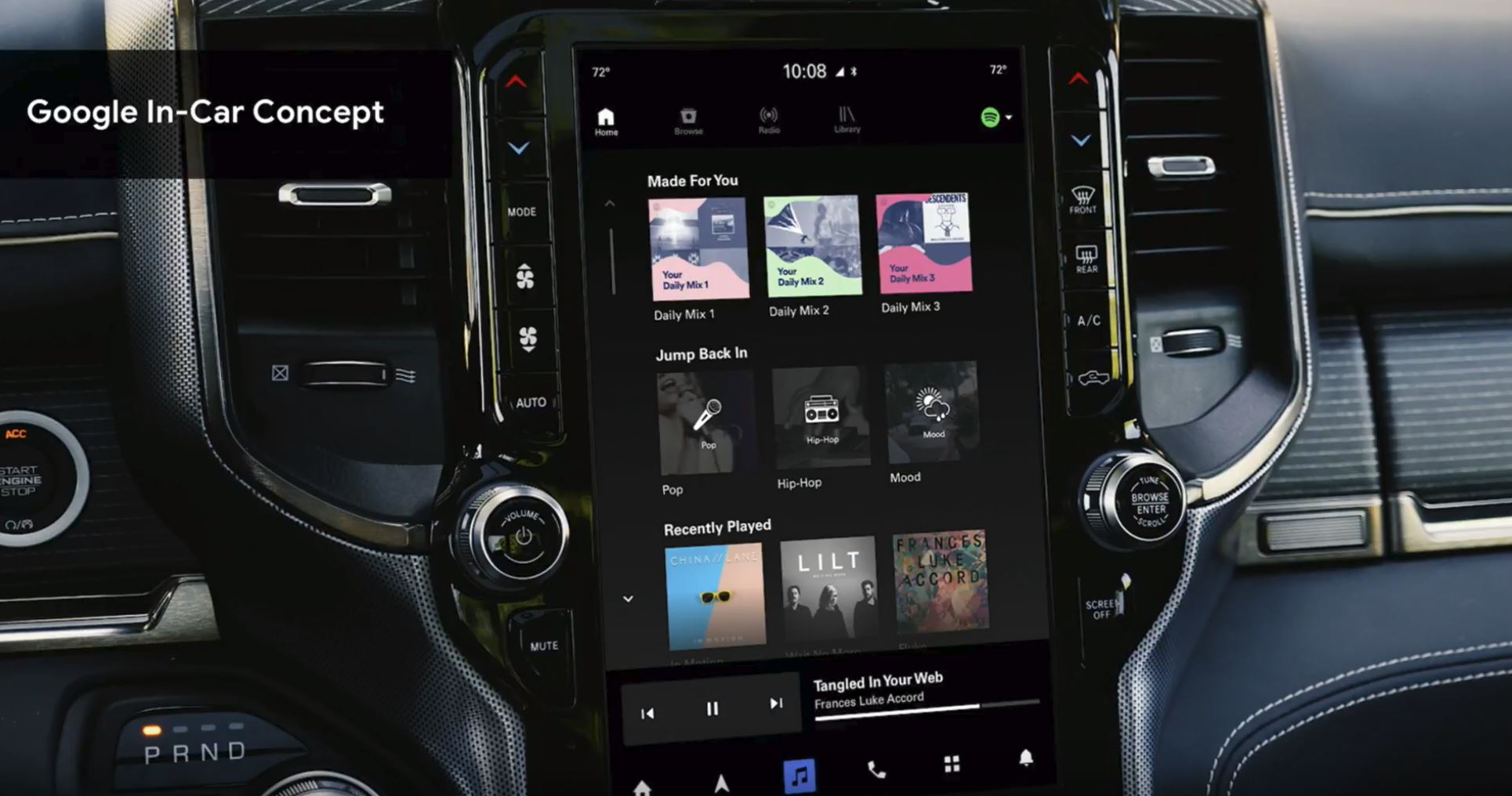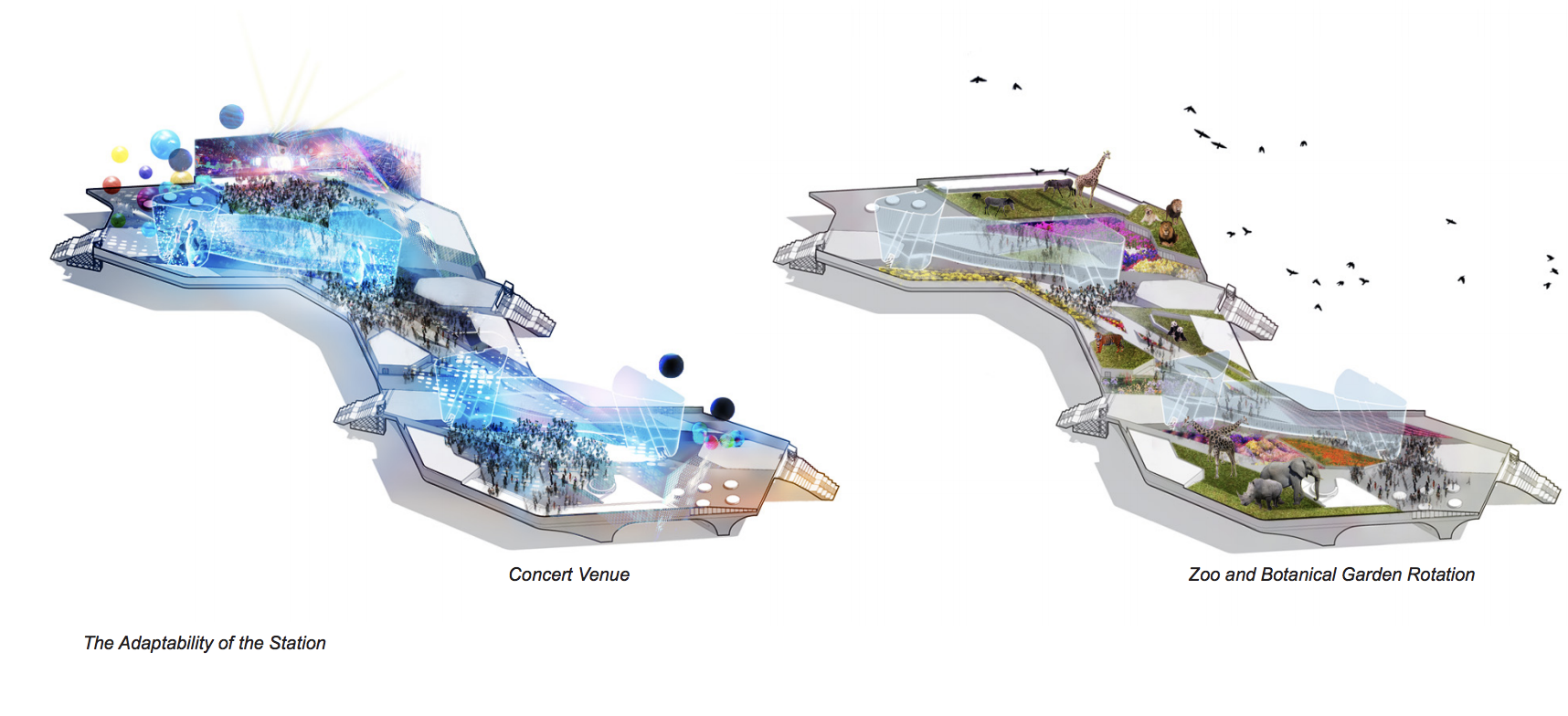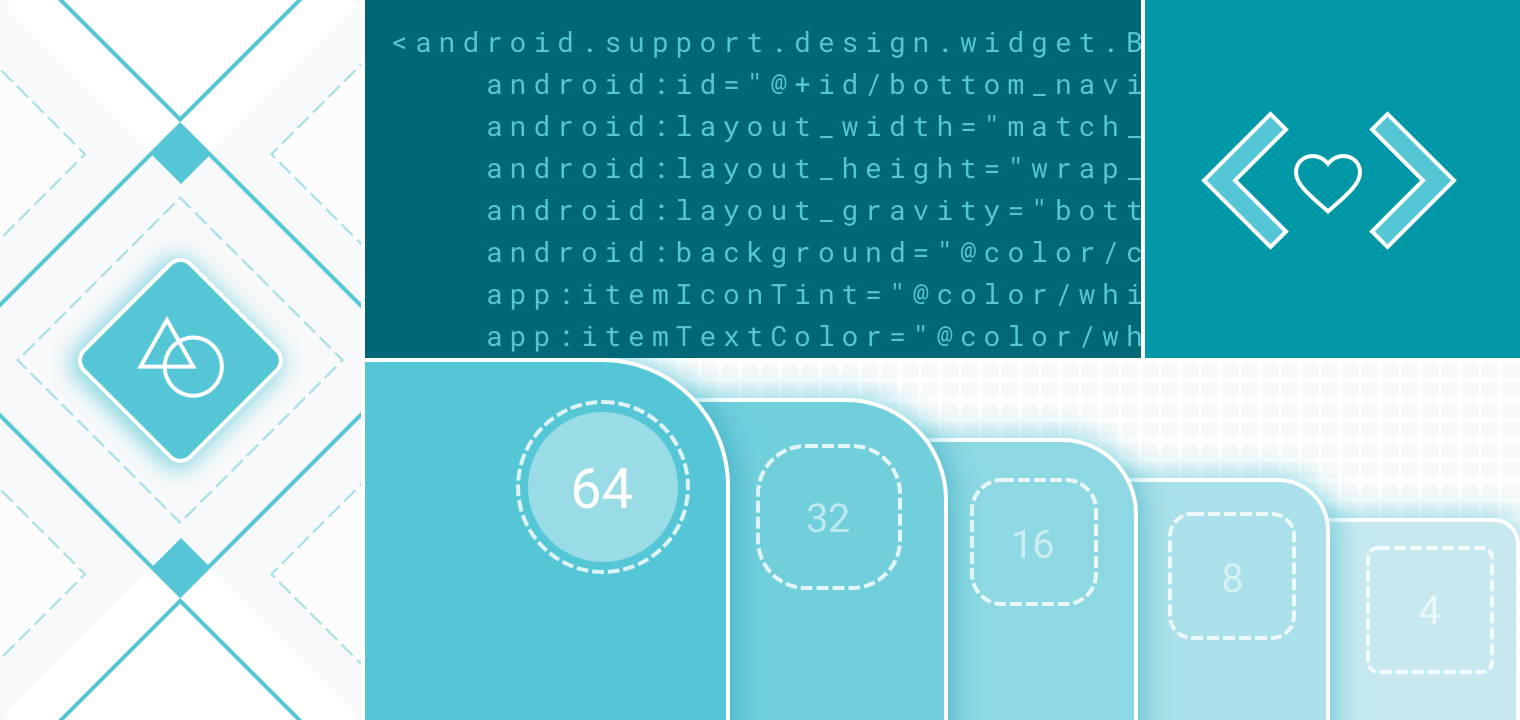Canadian Prime Minister Justin Trudeau and Quebec Premier Philippe Couillard joined key execs from Apple and industrial manufacturers Alcoa and Rio Tinto to announce a new process for smelting aluminum that removes greenhouse gases from the equation.
Alcoa and Rio Tinto are creating a joint venture in based in Montreal called Elysis, to help mainstream the process, with plans to make it commercially available by 2024. Along with swapping carbon for oxygen as a byproduct of the production process, the technology is also expected to reduce costs by around 15 percent.
It’s easy to see why Apple jumped at investing into tech here, pumping $13 million CAD ($10 million USD) into the venture. The company has been making a big push over the past couple of years to reduce its carbon footprint across the board. This time last month, Apple announced that it had moved to 100-percent clean energy for its global facilitates.
“Apple is committed to advancing technologies that are good for the planet and help protect it for generations to come,” Tim Cook said in a release tied to today’s news. “We are proud to be part of this ambitious new project, and look forward to one day being able to use aluminum produced without direct greenhouse gas emissions in the manufacturing of our products.”
Those companies, along with the Governments of Canada and Quebec have combined to invest a full $188 million CAD in the forward looking tech. While the new business will be headquartered in Montreal, U.S. manufacturing will also get a piece of the pie. Alcoa has been smelting metal through the process at a smaller scale in a plant outside of Pittsburgh since 2009.
Source: Tech Crunch




















 In today’s announcement, Google also notes that it has started testing Google Play Instant compatibility with AdWords, so that developers can direct users directly to their game after they tap on and add. It’s unclear when exactly Google plans to roll out support for these ads, though.
In today’s announcement, Google also notes that it has started testing Google Play Instant compatibility with AdWords, so that developers can direct users directly to their game after they tap on and add. It’s unclear when exactly Google plans to roll out support for these ads, though.